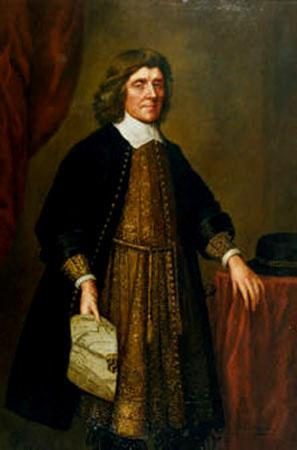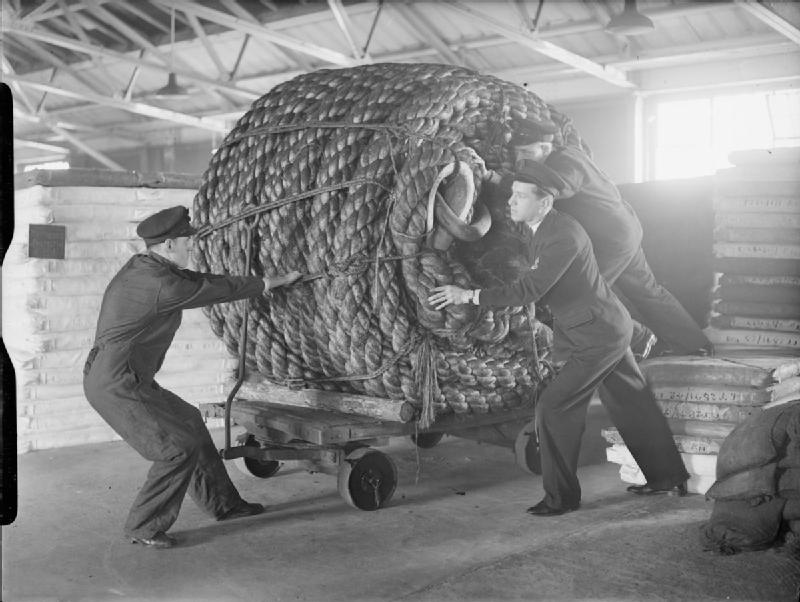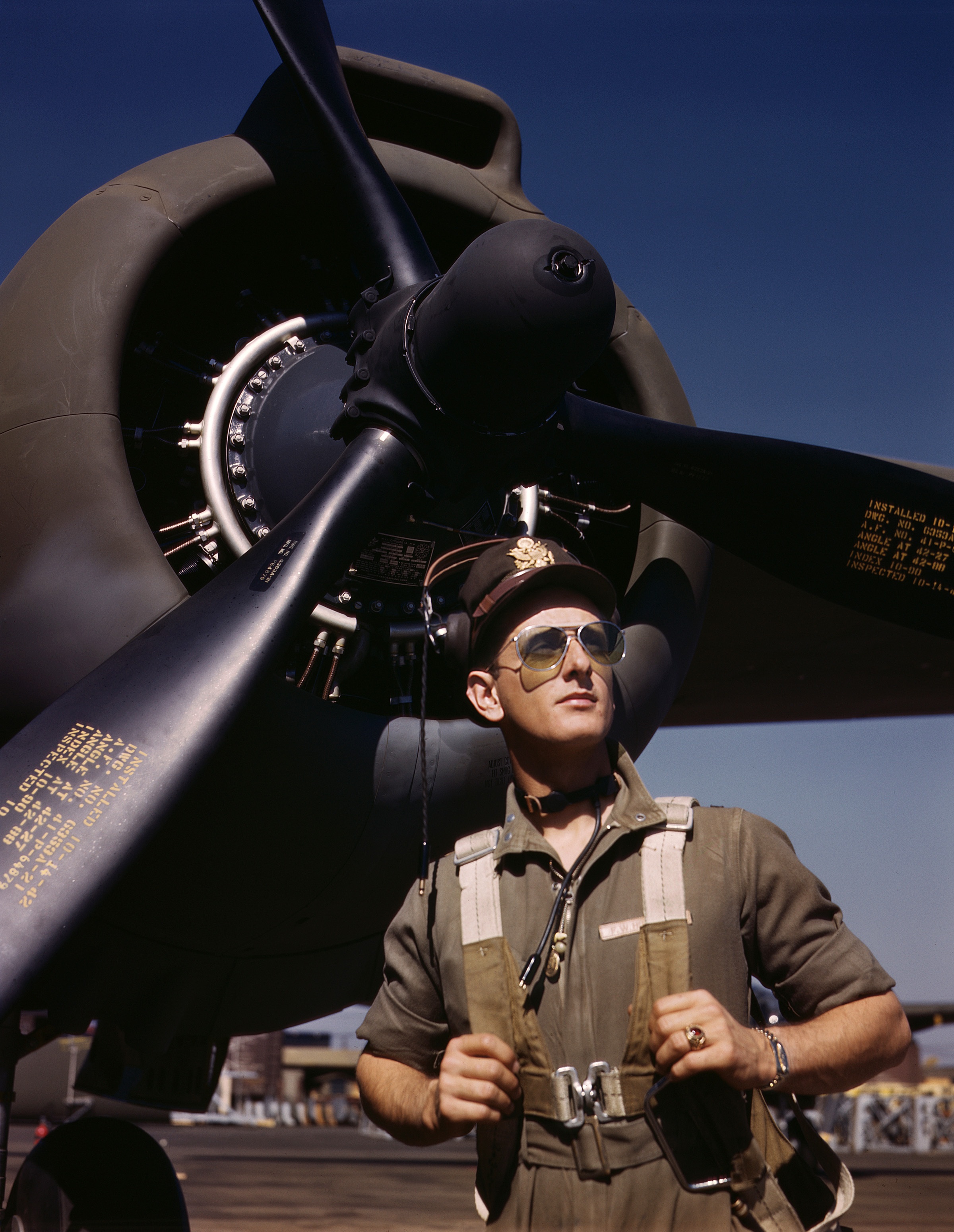|
David Carll (pilot Boat)
The ''David Carll'' was a 19th-century pilot boat, built in 1885 at the David Carll shipyard in City Island, New York. She was named in honor of David Carll, a well-known City Island shipbuilder. The ''David Carll'' was considered to be among the fastest schooners in the fleet. She was built to replace the ''Mary E. Fish'' that was run down and sank by the schooner ''Frank Harrington'' in 1885. She was one of the pilot boats that survived the Great Blizzard of 1888. The ''David Carll'' was lost at sea in 1893. Construction and service ''David Carll'' oyster boat The first ''David Carll'' was built in 1876 at City Island, New York by David Carll, for Jacob Van Name Brothers of Oyster House, Staten Island, New York. Her owners were Pilots Allen M. Beebe, Edward Nichols, and Frederick Nelson. She was launched on December 5, 1876 at City Island, commanded by Captain Charles Hawkins. She is owned by W. H. Van Name and was employed in the oyster and fruit trade. The Oyster schoo ... [...More Info...] [...Related Items...] OR: [Wikipedia] [Google] [Baidu] |
Conrad Freitag
Conrad Freitag (1843–October 26, 1894) was a German American marine artist from Brooklyn, New York. He was best known for his portraits of New York pilot boats. Freitag's works were exhibited at the National Academy and the Brooklyn Art Association. Early life Freitag was born in Germany in 1843. Career During the American Civil War Freitag enlisted in the Fourteenth Regiment. He was honorably discharged in June 1865. He returned to convalesce in New York where he painted a scene of the Spotsylvania battle, which is when his art career began. His works were exhibited at the National Academy and the Brooklyn Art Association in the 1870s and 1880s. He was best known for his works of New York pilot boats. List of artworks Example of works by Conrad Freitag: Death Freitag died at the residence of his brother, Philip Freitag, at 488 North Second Street, on October 26, 1894, in Brooklyn, New York. Gallery File:David Carll Pilot Boat.jpg, David Carll Pilot boat, No. ... [...More Info...] [...Related Items...] OR: [Wikipedia] [Google] [Baidu] |
Maryland
Maryland ( ) is a U.S. state, state in the Mid-Atlantic (United States), Mid-Atlantic region of the United States. It shares borders with Virginia, West Virginia, and the District of Columbia to its south and west; Pennsylvania to its north; and Delaware and the Atlantic Ocean to its east. Baltimore is the largest city in the state, and the capital is Annapolis, Maryland, Annapolis. Among its occasional nicknames are ''Maryland 400, Old Line State'', the ''Free State'', and the ''Chesapeake Bay State''. It is named after Henrietta Maria, the French-born queen of England, Scotland, and Ireland, who was known then in England as Mary. Before its coastline was explored by Europeans in the 16th century, Maryland was inhabited by several groups of Native Americans – mostly by Algonquian peoples and, to a lesser degree, Iroquoian peoples, Iroquoian and Siouan languages, Siouan. As one of the original Thirteen Colonies of England, Maryland was founded by George Calvert, 1st Baron Ba ... [...More Info...] [...Related Items...] OR: [Wikipedia] [Google] [Baidu] |
Hawser
Hawser () is a nautical term for a thick cable or rope used in mooring or towing a ship. A hawser passes through a hawsehole, also known as a cat hole, located on the hawse.The American Heritage Dictionary of the English Language, third edition, Houghton Mifflin The asterisk ( ), from Late Latin , from Ancient Greek , ''asteriskos'', "little star", is a typographical symbol. It is so called because it resembles a conventional image of a heraldic star. Computer scientists and mathematicians often vo ... Company, pp. 829–30, References External links * {{Authority control Shipbuilding Sailboat components Sailing ship components Nautical terminology ... [...More Info...] [...Related Items...] OR: [Wikipedia] [Google] [Baidu] |
Yawl
A yawl is a type of boat. The term has several meanings. It can apply to the rig (or sailplan), to the hull type or to the use which the vessel is put. As a rig, a yawl is a two masted, fore and aft rigged sailing vessel with the mizzen mast positioned abaft (behind) the rudder stock, or in some instances, very close to the rudder stock. This is different from a ketch, where the mizzen mast is forward of the rudder stock. The sail area of the mizzen on a yawl is consequentially proportionately smaller than the same sail on a ketch. As a hull type, yawl may refer to many types of open, clinker-built, double-ended, traditional working craft that operated from the beaches of Britain and Ireland. These boats are considered to be linked to the Viking or Nordic design tradition. Most of these types are now extinct, but they include the Norfolk and Sussex Beach Yawls (called "yols" by the men who crewed them), which were probably the fastest-sailing open boats ever built. A yawl i ... [...More Info...] [...Related Items...] OR: [Wikipedia] [Google] [Baidu] |
Barque
A barque, barc, or bark is a type of sailing vessel with three or more masts having the fore- and mainmasts rigged square and only the mizzen (the aftmost mast) rigged fore and aft. Sometimes, the mizzen is only partly fore-and-aft rigged, bearing a square-rigged sail above. Etymology The word "barque" entered English via the French term, which in turn came from the Latin ''barca'' by way of Occitan, Catalan, Spanish, or Italian. The Latin ''barca'' may stem from Celtic ''barc'' (per Thurneysen) or Greek ''baris'' (per Diez), a term for an Egyptian boat. The ''Oxford English Dictionary'', however, considers the latter improbable. The word ''barc'' appears to have come from Celtic languages. The form adopted by English, perhaps from Irish, was "bark", while that adopted by Latin as ''barca'' very early, which gave rise to the French ''barge'' and ''barque''. In Latin, Spanish, and Italian, the term ''barca'' refers to a small boat, not a full-sized ship. French infl ... [...More Info...] [...Related Items...] OR: [Wikipedia] [Google] [Baidu] |
Scribner's Magazine
''Scribner's Magazine'' was an American periodical published by the publishing house of Charles Scribner's Sons from January 1887 to May 1939. ''Scribner's Magazine'' was the second magazine out of the Scribner's firm, after the publication of '' Scribner's Monthly''. Charles Scribner's Sons spent over $500,000 setting up the magazine, to compete with the already successful '' Harper's Monthly'' and '' The Atlantic Monthly''. ''Scribner's Magazine'' was launched in 1887, and was the first of any magazine to introduce color illustrations. The magazine ceased publication in 1939. The magazine contained many engravings by famous artists of the 19th and early 20th centuries, as well as articles by important authors of the time, including John Thomason, Elisabeth Woodbridge Morris, Clarence Cook, and President Theodore Roosevelt. The magazine had high sales when Roosevelt started contributing, reaching over 200,000, but gradually lost circulation after World War I. History ''Scr ... [...More Info...] [...Related Items...] OR: [Wikipedia] [Google] [Baidu] |
Pilot Boat David Carll Raised
An aircraft pilot or aviator is a person who controls the flight of an aircraft by operating its directional flight controls. Some other aircrew members, such as navigators or flight engineers, are also considered aviators, because they are involved in operating the aircraft's navigation and engine systems. Other aircrew members, such as drone operators, flight attendants, mechanics and ground crew, are not classified as aviators. In recognition of the pilots' qualifications and responsibilities, most militaries and many airlines worldwide award aviator badges to their pilots. History The first recorded use of the term ''aviator'' (''aviateur'' in French) was in 1887, as a variation of ''aviation'', from the Latin ''avis'' (meaning ''bird''), coined in 1863 by in ''Aviation Ou Navigation Aérienne'' ("Aviation or Air Navigation"). The term ''aviatrix'' (''aviatrice'' in French), now archaic, was formerly used for a female aviator. These terms were used more in the ear ... [...More Info...] [...Related Items...] OR: [Wikipedia] [Google] [Baidu] |
David Carll And Bark Alice Roy
David (; , "beloved one") (traditional spelling), , ''Dāwūd''; grc-koi, Δαυΐδ, Dauíd; la, Davidus, David; gez , ዳዊት, ''Dawit''; xcl, Դաւիթ, ''Dawitʿ''; cu, Давíдъ, ''Davidŭ''; possibly meaning "beloved one". was, according to the Hebrew Bible, the third king of the United Kingdom of Israel. In the Books of Samuel, he is described as a young shepherd and harpist who gains fame by slaying Goliath, a champion of the Philistines, in southern Canaan. David becomes a favourite of Saul, the first king of Israel; he also forges a notably close friendship with Jonathan, a son of Saul. However, under the paranoia that David is seeking to usurp the throne, Saul attempts to kill David, forcing the latter to go into hiding and effectively operate as a fugitive for several years. After Saul and Jonathan are both killed in battle against the Philistines, a 30-year-old David is anointed king over all of Israel and Judah. Following his rise to power, David ... [...More Info...] [...Related Items...] OR: [Wikipedia] [Google] [Baidu] |
Pennon
A pennon, also known as a pennant or pendant, is a long narrow flag which is larger at the hoist than at the fly. It can have several shapes, such as triangular, tapering (square tail) or triangular swallowtail (forked tail), etc. In maritime use, pennants are to be hung from the main truck. Pennon-style flags were one of the principal three varieties of flags carried during the Middle Ages (the other two were the banner and the standard). The pennon is a flag resembling the guidon in shape, but only half the size. It does not contain any coat of arms, but only crests, mottos and heraldic and ornamental devices. Pennoncell, streamer and wimpel are minor varieties of this style of flag (see variant types). Etymology Pennon comes from the Latin ''penna'', meaning "a wing" or "a feather". Initially it was a term for a "small pennant". Pennant have been used as a general (and imprecise) term for flags which are not strictly rectangular. Pendant is an obsolete spel ... [...More Info...] [...Related Items...] OR: [Wikipedia] [Google] [Baidu] |
Mainsail
A mainsail is a sail rigged on the main mast of a sailing vessel. * On a square rigged vessel, it is the lowest and largest sail on the main mast. * On a fore-and-aft rigged vessel, it is the sail rigged aft of the main mast. The sail's foot is normally attached to a boom. (In extremely heavy weather, the mainsail may be lowered, and a much smaller trysail hoisted in its place). Historical fore-and-aft rigs used a four-sided gaff rigged mainsail, sometimes setting a gaff topsail above it. Whereas once the mainsail was typically the largest sail, today the mainsail may be smaller than the jib or genoa; Prout catamarans typically have a mainmast stepped further aft than in a standard sloop, so that the mainsail is much smaller than the foresail. Bermuda rig The modern Bermuda rig uses a triangular mainsail aft of the mast, closely coordinated with a jib for sailing upwind. A large overlapping jib or genoa Genoa ( ; it, Genova ; lij, Zêna ). is the capital of ... [...More Info...] [...Related Items...] OR: [Wikipedia] [Google] [Baidu] |
Centennial (pilot Boat)
The ''Centennial'' was a 19th-century wood pilot boat built in 1876 by Robert Crosbie and designed by Boston designer Dennison J. Lawlor for New York and New Jersey pilots. She was one of the pilot-boats that survived the Great Blizzard of 1888. By 1898, in the age of steam, she was the last pilot boat left in the fleet; then sold in 1898 to a group in Montego Bay, Jamaica. Construction and service On February 22, 1876, prominent naval architect Dennison J. Lawlor of Chelsea, Massachusetts, contracted Robert Crosbie to build the pilot-boat ''Centennial,'' for New York and New Jersey pilots On June 24, 1876, the trail trip of the Pilot Boat ''Centennial'', was witnessed by a party of gentlemen. The tug boat ''J. C. Neattie,'' towed her down the Boston Harbor and passed the Narrows. Harbor master, Captain Francis C. Cates, took the helm. Robert Crosbie of East Boston, the builder, was on board. The pilot-boat ''Lillie,'' was sited and a race began between the two boat ... [...More Info...] [...Related Items...] OR: [Wikipedia] [Google] [Baidu] |
Mary Taylor (pilot Boat)
The ''Mary Taylor'' was a 19th-century yacht and Sandy Hook pilot boat, built at the Hathorne & Steers shipyard in 1849 for Captain Richard Brown. She was designed by George Steers with a new radical design with a long thin bow and wide stern, which made her faster than any other boat in her class. This design proved successful and led to the famous yacht ''America,'' which won the America's Cup in 1851. The ''Mary Taylor'' sank after colliding with the schooner ''Fairhaven'' in 1863. She was replaced by the '' Mary E. Fish''. Construction and service New York pilot boat ''Mary Taylor,'' was built in early 1849 at the Hathorne & Steers shipyard, at the foot of North First street, in Williamsburg, New York. She was designed by George Steers for Captain Richard "Dick" Brown. Steers designed her with a new thin bow and wide stern, which made her faster than any boat of her size. Fitting with the new design, Brown named her after a scandalous New York actress Mary Taylor, know ... [...More Info...] [...Related Items...] OR: [Wikipedia] [Google] [Baidu] |








